Aónikenk playing cards
Ethnographic playing cards made by members of the Aónikenk culture from Patagonia.
Ethnographic playing cards made by members of the Aónikenk culture, an Indigenous people of Patagonia, from two similar, partial packs, decorated with geometric, zoomorphic or anthropomorphic motifs of expressive power, using red and black pigments bound with oil to lend durability.
Collected between 1853 and 1865, these playing cards are a clear example of the cultural influence experienced by the Aónikenk people as a result of conquest and immigration. The designs seem to follow a Spanish-suited format, probably 40 cards, which have been imitated and stylized by the indigenous people. Like Apaches, Arancaunian groups played their own gambling games prior to the arrival of the Spaniards, but Spanish cards and games were avidly accepted (Wayland & Ferg 2006). Consequently rawhide cards were made. This object beautifully illustrates how external forces shaped their traditions and artistic expressions.
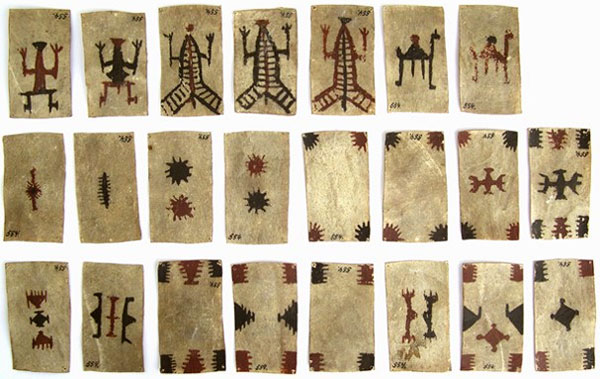
Above: hand-painted Aonikenk playing cards probably painted using iron oxide and charcoal, collected by Governor Jorge Schythe during his stay in Magallanes between 1853 and 1865. From the National Museum of Natural History of Chile / Centro de Documentación de Bienes Patrimoniales, Recoleta 683, Recoleta, Santiago, Chile.
Acknowledgements & References
Thanks to Juan José Fernández Quiroga for kindly sending information about these cards and their whereabouts.
Centro de Documentación de Bienes Patrimoniales : 1-1240 - Baraja Aonikenk • 1-1195 - Baraja Aonikenk►
Wayland, Harold & Virginia, Ferg, Alan: Playing Cards of the Apaches, a study in cultural adaptation, Screenfold Press, 2006, pp.274-6. A complete 40-card set of Araucanian rawhide cards from the Museo de Ciencias Naturales de La Plata, Argentina, is illustrated on page 276.
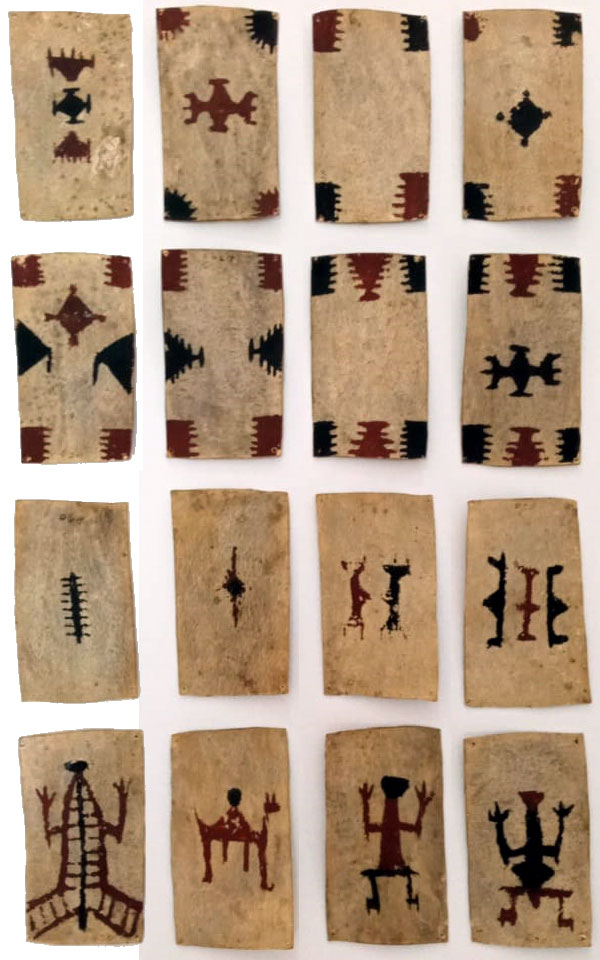
The cards have highly modified and abstracted Spanish suit symbols with sota, caballo and rey figures, and may have been made to sell or for personal use. The designs also resemble decorative patterns seen on other folk-art items like blankets, which are often symbolic, rooted in cosmology, spiritual life and cultural identity. The figures resemble guanacos and perhaps shamans, dancers or spirit figures.
By Simon Wintle
Spain • Member since February 01, 1996 • Contact
I am the founder of The World of Playing Cards (est. 1996), a website dedicated to the history, artistry and cultural significance of playing cards and tarot. Over the years I have researched various areas of the subject, acquired and traded collections and contributed as a committee member of the IPCS and graphics editor of The Playing-Card journal. Having lived in Chile, England, Wales, and now Spain, these experiences have shaped my work and passion for playing cards. Amongst my achievements is producing a limited-edition replica of a 17th-century English pack using woodblocks and stencils—a labour of love. Today, the World of Playing Cards is a global collaborative project, with my son Adam serving as the technical driving force behind its development. His innovative efforts have helped shape the site into the thriving hub it is today. You are warmly invited to become a contributor and share your enthusiasm.

Leave a Reply
Your Name
Just nowRelated Articles
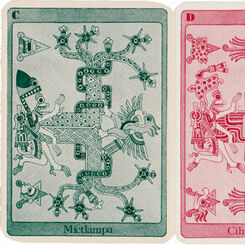
Tonalamatl
Baraja Tonalamatl Mexican Aztec playing cards based on the prehispanic Codex Borgia manuscript.
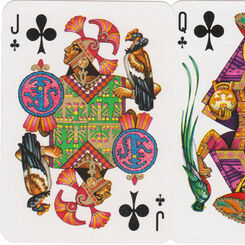
America
“America” playing cards designed by Teodoro N Miciano, 1960.

Cartas Precolombinas
Spanish playing cards with Pre-Columbian designs from Argentina, 2001.
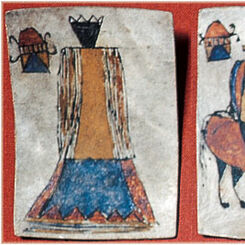
Apache cards by Tonto Naipero
Apache rawhide playing cards by ‘Tonto Naipero’, c.1871.
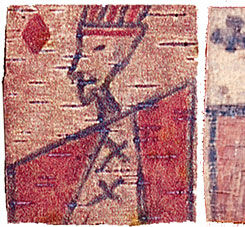
Ojibwa Native Indian Cards
Ojibwa Native Indian playing cards hand manufactured on birch bark in imitation of standard French /...
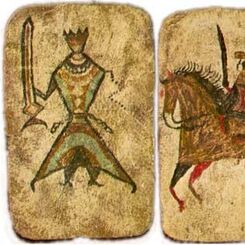
Apache Playing Cards
Apache Indian Playing Cards made on rawhide, first recorded 1875.

Mapuche Indian Playing Cards
Spanish-suited playing cards made on rawhide and said to have been used by Chilean Mapuche Indians, ...

Mongolian Playing Cards
Mongolian Playing Cards.
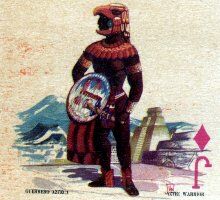
Aeronaves de Mexico
Special pack for Aeronaves de Mexico S.A., designed by Ramón Valdiosera Berman, mid-1960s.

Naipes Nacionales
Naipes Nacionales designed by Manuel Bayardi and published by Clemente Jacques y Cia, Mexico c.1940....

Guatemala
Playing Cards from Guatemala

Mapocho
Naipes Marca Mapocho, Santiago de Chile.
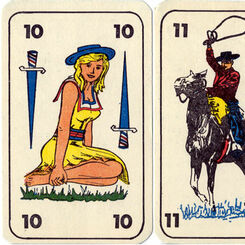
Naipes Condor
"Naipes Condor" Chilean playing cards, with Chilean symbolism on the suit signs.

Native Indian Hand-made Cards made on rawhide
Native Indian hand-made cards made on rawhide.
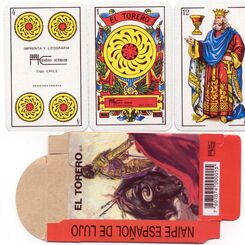
Hugo Castro, Santiago de Chile
Imprenta y Litografía Hugo Castro, Santiago de Chile.

Naipes Sonia
Spanish-suited playing cards manufactured in Chile by Imprenta y Litografía Universo S.A., Valparais...
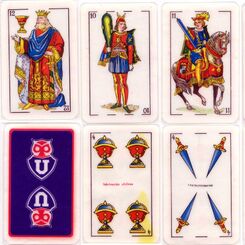
Taller Fotolitográfico, Chile
Spanish suited pack made in Chile by Taller Fotolitográfico, inspired by Fournier's classic 'Castili...
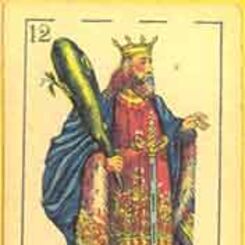
Naipes Siluv, Valparaiso, Chile, 1931
Naipes Siluv, Valparaiso, Chile, 1931

Cusco Inca Souvenir
Pre-Incas & Incas Souvenir Playing Cards, Cusco, Peru, 2000.
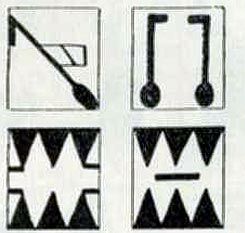
Las Cartas de Tacuabe by Manos del Uruguay
Tacuabé was a Charrúa native from Uruguay, an indigenous tribe that became extinct following Europea...
Most Popular
Our top articles from the past 60 days


 Your comment here. Your comment here. Your comment here. Your comment here. Your comment here. Your comment here. Your comment here. Your comment here. Your comment here. Your comment here. Your comment here. Your comment here. Your comment here. Your comment here. Your comment here. Your comment here. Your comment here. Your comment here. Your comment here. Your comment here. Your comment here. Your comment here. Your comment here. Your comment here. Your comment here. Your comment here. Your comment here. Your comment here. Your comment here. Your comment here. Your comment here. Your comment here.
Your comment here. Your comment here. Your comment here. Your comment here. Your comment here. Your comment here. Your comment here. Your comment here. Your comment here. Your comment here. Your comment here. Your comment here. Your comment here. Your comment here. Your comment here. Your comment here. Your comment here. Your comment here. Your comment here. Your comment here. Your comment here. Your comment here. Your comment here. Your comment here. Your comment here. Your comment here. Your comment here. Your comment here. Your comment here. Your comment here. Your comment here. Your comment here.




















